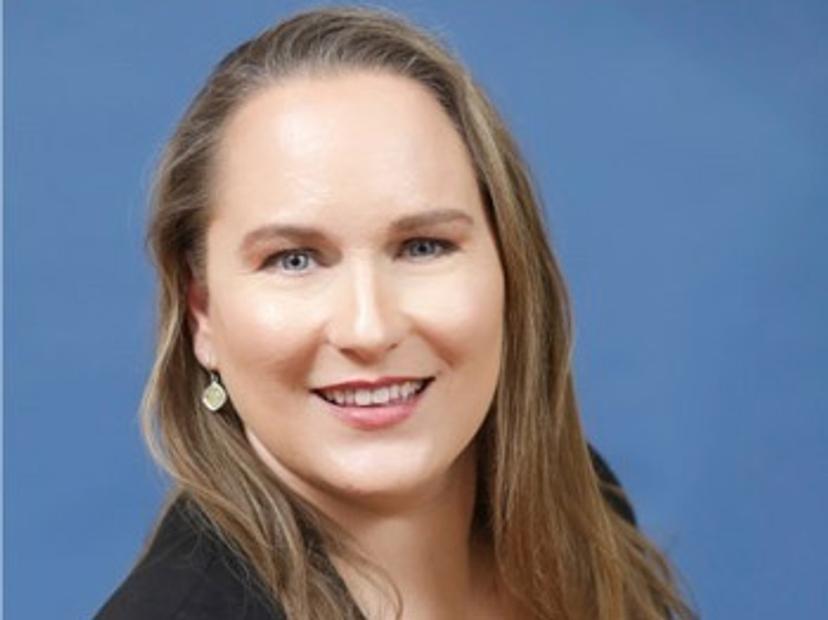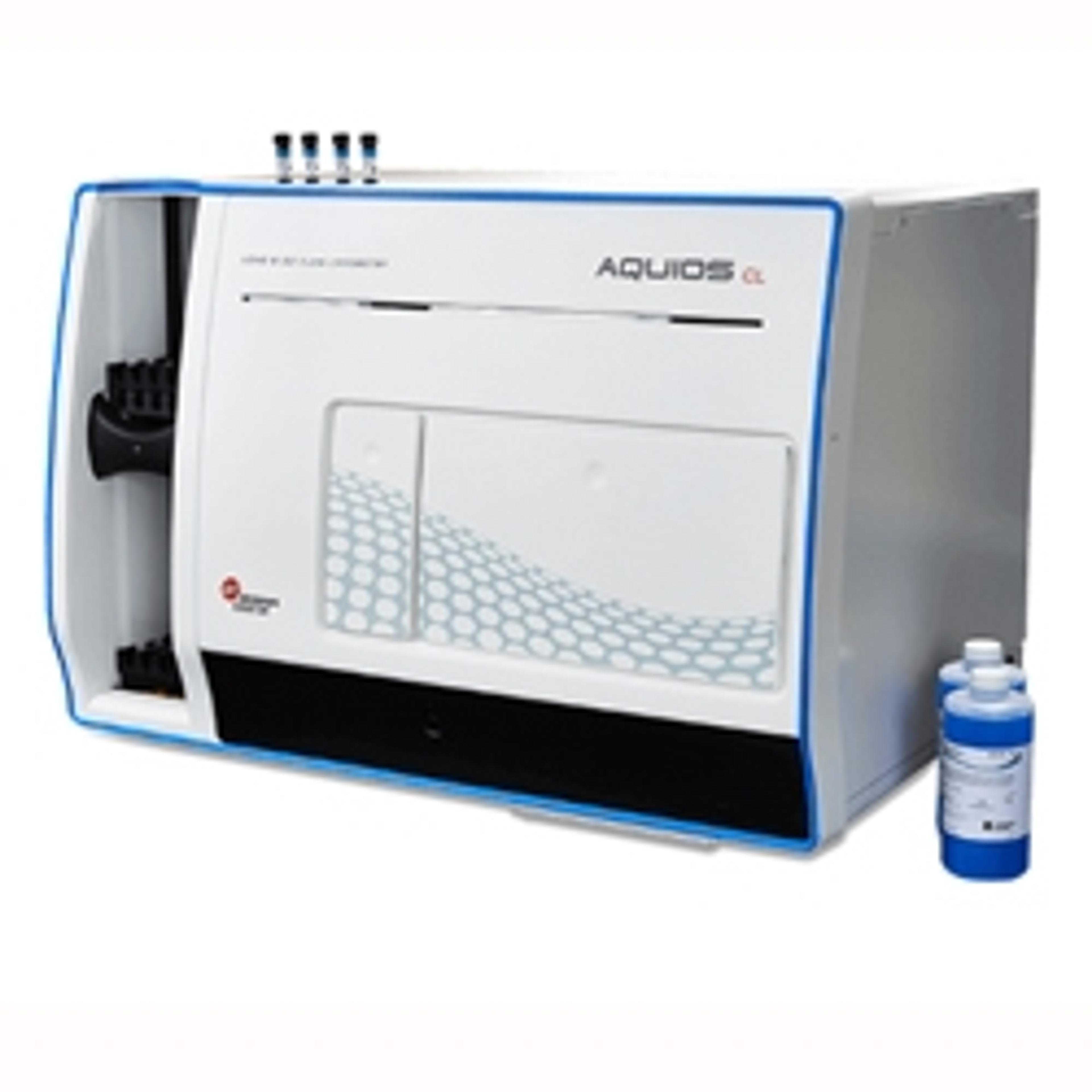Beta testing the new CellMek SPS Sample Preparation System
SelectScience speaks with Tampa General Hospital to hear their first impressions of this innovative system for clinical flow cytometry labs
3 May 2022

Good sample preparation is a must when looking to perform any kind of scientific research. But this is particularly important in flow cytometry to achieve accurate and sensitive cell analysis. As the saying goes, “garbage in, garbage out.”
In clinical labs however, achieving this level of preparation day in day out, particularly with manual processes, can be a challenge. Especially with the pressures that come with knowing clinicians, and most importantly, the patients need to receive the results quickly. Not to mention the ever-increasing need for clinical laboratories to cut operating costs and improve efficiency.
As a result, manufacturers are focusing a lot of their innovative efforts on automation to allow these labs to streamline many outdated manual preparation methods. With this in mind, Beckman Coulter Life Sciences recently announced a new fully automated sample preparation system, the CellMek SPS, offering features such as on-demand processing for a multitude of sample types, lean, efficient workflows, integrated cell wash modules, and more.
In this SelectScience article, we speak with Marci O’Driscoll, a clinical scientist responsible for research, evaluation, and validation of new flow cytometry testing in the esoteric lab at Tampa General Hospital, to hear her first impressions of working with this new system as a beta tester.
What fuels your passion for this particular field?
MO: For me personally, this is my dream job combining research, clinical testing, and teaching. Flow is not a field I set out to work in but came as a natural extension of my research work and grew from there. I have a deep passion and love for bringing research from the bench to the bedside.
What were your manual processes like before? Were they tedious or time consuming?
MO: When I started at Tampa General, we were still running a 5-color leukemia and lymphoma screening, which required 7–8 manually prepared tubes per screening. In the past few years, we have validated a 4-tube, 10-color assay, and are working with Beckman to create these tubes as custom dry down reagents. However, we are still spending a significant amount of time manually preparing each sample.
Have you seen an increase in sample volumes? If so, how has that affected your lab?
MO: Generally, yes, even with the pandemic we didn’t really slow down much, and now with our hospital’s new focus on our oncology service line our volumes have been and are expected to increase. On average, we are processing around 7–10 leukemia and lymphoma screens daily, but we also perform lymphocyte subset quantitation on the AQUIOS CL Flow Cytometry System, fetal hemoglobin testing, and paroxysmal nocturnal hemoglobinuria (PNH) testing, along with several molecular and specialized immunology tests.
How many lab-developed tests to aid the diagnosis of hematological disorders are you running in your lab?
MO: Presently three, Kleihauer–Betke (KB), PNH and leukemia/lymphoma screening, and we are finishing up our validation of hematopoietic stem cell counts. For our leukemia and lymphoma screening, any add-on panels or markers requested by the pathologist are not ordered as a separate test. In terms of how many markers we use, it varies dependent on sample type and any known clinical history, but for all four screening tubes on a bone marrow aspirate sample, the panel contains 31 markers.
What was your goal when you decided to become a beta tester of the CellMek SPS? What was the experience like right out of the box?
MO: Our flow technologists are some of the hardest working and most dedicated laboratorians I have ever had the privilege of working with. They are also very specialized, highly trained, and therefore hard to replace, increasingly so in today’s market. I am eager to evaluate anything that would help make their work easier. The hope is that the CellMek SPS will allow them to keep up with the increased volume of samples while still maintaining our turnaround time.
The out of the box experience was easier than expected, honestly. Whenever you are an early adopter you expect certain bumps in the road, and the system itself has given us very few.
How easy was the setup of the protocols on the CellMek SPS? Did you receive help from an application specialist and how was that experience?
MO: The software is pretty easy to use and to design panels once you get it installed. Our application specialist is fantastic. We actually had two specialists visit for our initial setup and training and they couldn’t have been more helpful. They had to create all our protocols at first because our major challenge was in getting the panel designer installed within our hospital’s tight IT security policies.
Did you have to make a lot of changes to your protocols while transferring them to the CellMek SPS?
MO: In terms of incubation times, you give the system a minimum and maximum, so defining and verifying that maximum time was one minor change. It was able to accommodate our incubation times for all assays we have tried on the system.
With our antibodies, the minimum volume is 3 µL, so we adjusted and verified that 3 µL was okay for the couple of antibodies that we use at 2.5 µL, but that was minor and so far we prefer loading our mastermix cocktail to having the system individually pipet each antibody.
Our cell wash protocol probably had the most changes. Because it is inherently different in the way it washes the cells, five washes on the system were equivalent to our three manual washes. It also leaves a residual volume of about 300 µL so accounting for that additional volume, especially when it came to our intracellular staining reagents, involved some trial and error.
You expect to have to adapt your assay anytime you try to automate, but there were only minimal changes needed to the leukemia and lymphoma screening. Anything that uses completely Beckman reagents like the lymphocyte subsets were already optimized and worked beautifully. Other assays that needed a dilution step like fetal hemoglobin were not as amenable to being run on this system.
What is the highlight of the CellMek SPS in your opinion?
MO: It’s truly walk away, as long as there is enough blood in the tube it really takes it from sample to stained tube in a carousel with no intervention needed from the operator. The CellMek SPS can perform every step of our manual leukemia and lymphoma screen. I don’t know of any other system that can do that.


